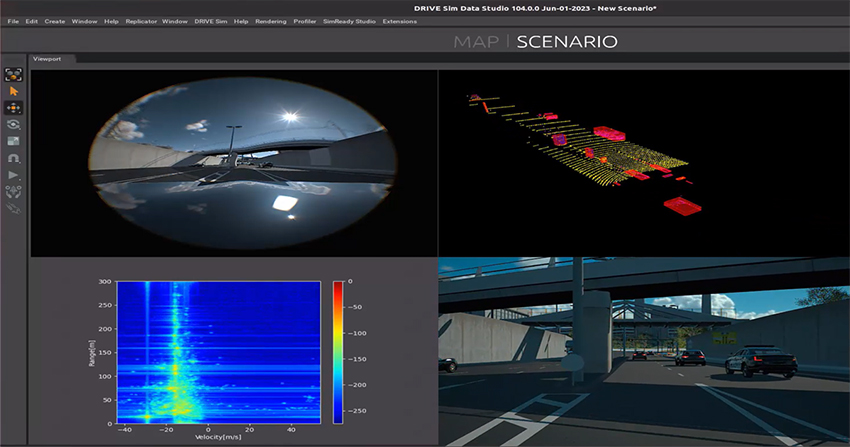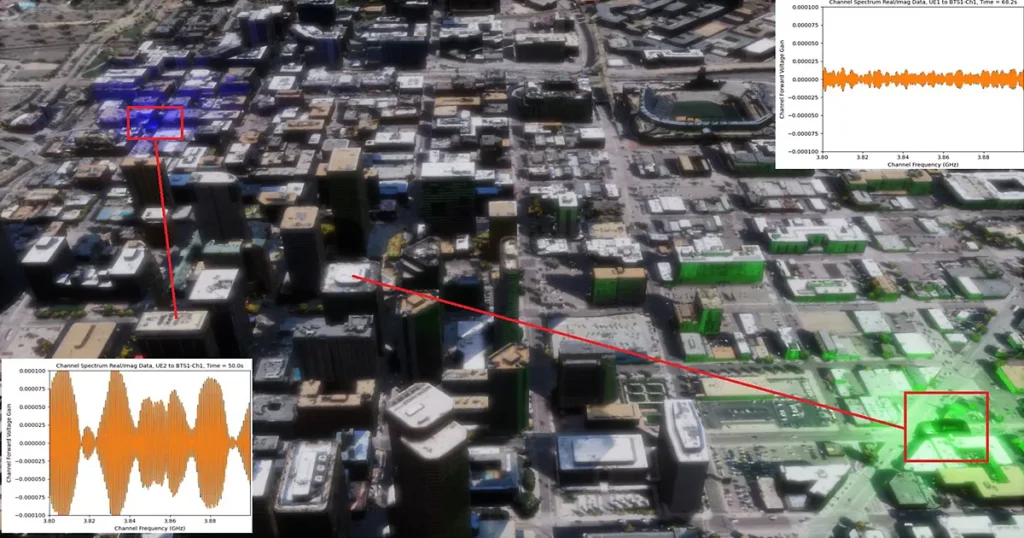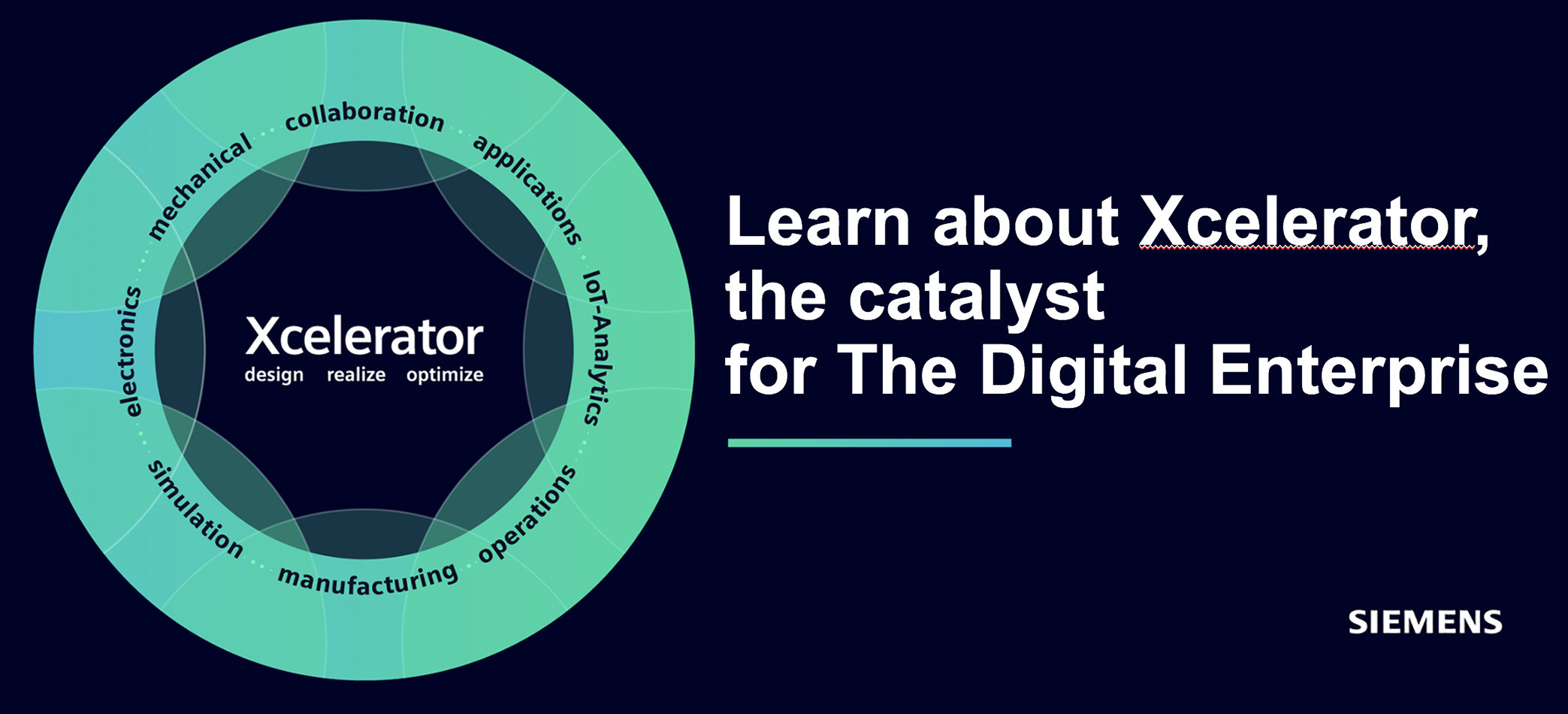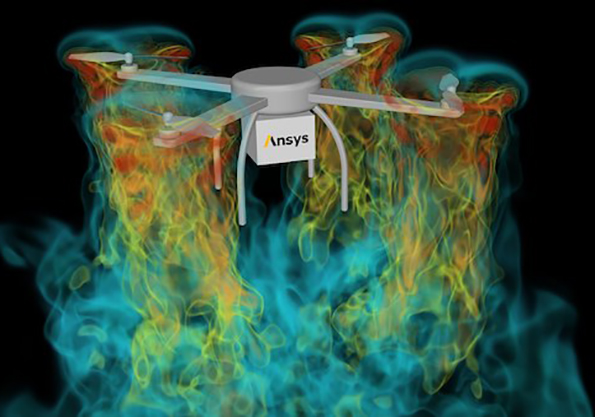First things first: Ansys is joining the Alliance for OpenUSD (AOUSD) to promote data compatibility for 3D content in products across the entire Ansys portfolio. USD, or Universal Scene Description, is a format originally developed by animation developer Pixar. But OpenUSD is more than a file format – it’s an open source 3D scene description, used for 3D content creation and exchange between tools. Its versatility has made it an industry standard in visual effects, architecture, robotics, manufacturing and more.
On NVIDIA’s part the cooperation will expand its use of Ansys solutions to optimize the hardware, while Ansys will use NVIDIA Blackwell GPUs, Hopper architecture-based GPUs and GB200 Grace Blackwell Superchips to scale up and accelerate existing solutions.
Ansys’ collaboration with NVIDIA is extremely ambitious, with the aim of developing next-generation simulation solutions, powered by, among other things, GPU-accelerated computing and generative AI. The expanded collaboration will fuse cutting-edge technologies to advance 6G technology, supercharge Ansys solvers via NVIDIA GPUs, integrate NVIDIA AI into Ansys software offerings, develop physics-based digital twins, and adapt large language models (LLM) developed with NVIDIA AI foundry services.

Strengthened compatibility and sharpened graphics for smart factories
Thus, Ansys recently joined AOUSD to strengthen data compatibility and deliver improved graphics and visual rendering to its portfolio. Ansys has already connected Ansys AVxcelerate Autonomy to NVIDIA DRIVE Sim powered by the NVIDIA Omniverse platform and plans to explore further integrations across the portfolio, including Ansys STK, Ansys LS-DYNA, Ansys Fluent and Ansys Perceive EM. This seamless interoperability will empower users to tackle a wide range of challenges, from factory-level to planetary-level simulations.

In this, digital twins play a leading role.
”That’s right,” says NVIDIA CEO Jensen Huang. “Everything manufactured will have digital twins – and the world’s designers and engineers in the heavy industrial markets rely on Ansys as their simulation engine. We are partnering with Ansys to bring accelerated computing and generative AI to these massive workloads, and to extend Ansys’ leading physics simulation tools with NVIDIA Omniverse digitization technology.”
Four priority areas
In addition to Omniverse integrations, the collaboration will prioritize progress in four areas:
● Accelerated Computing: Ansys, working with NVIDIA, enables customers in various industries to shorten design cycles and deliver increasingly complex products by advancing numerical research in high-performance computing. Ansys leverages NVIDIA H100 Tensor Core GPUs to power multiple simulation solutions and prioritizes NVIDIA Blackwell-based processors and NVIDIA Grace Hopper Superchips for products across the Ansys portfolio, including Ansys Fluent, Ansys LS-Dyna, and Ansys electronics and semiconductor products. At the same time, NVIDIA leverages Ansys technology, including semiconductor tools, to enrich virtual models and data center design, ultimately leading to accelerated Ansys solver performance.
● 6G Telecommunications: Ansys is among the first to use the NVIDIA 6G Research Cloud platform, providing researchers with a comprehensive suite for developing AI for radio access network (RAN) technology. Ansys Perceive EM, a new solver powered by Ansys HFSS, is built on the NVIDIA 6G Research Cloud, which is designed to accelerate the development of 6G technology. Perceive EM’s synthetic data-on-demand revolutionizes the 6G system’s digital twins with heightened predictive accuracy, which can assess how real-world conditions affect wireless network performance. Perceive EM will also be available within the Ansys Academic and Ansys Startup Program, which have reached 2,900+ universities and 2,100+ startups, respectively.
● AI-enhanced simulation: Ansys is exploring the NVIDIA Modulus framework for physics-based machine learning to further strengthen its software offering with the latest AI technologies. The work aims to deliver improved functionality within the Ansys AI+ product family, such as more efficient optimization, sensitivity analyzes and robust designs.
● AI Foundry: Ansys is exploring the introduction of NVIDIA AI Foundry to advance LLM development, which promotes the democratization of simulation by simplifying setup and use. Future LLMs tailored to Ansys solutions offer the potential to provide virtual expert assistance that opens the door to new users and creates new simulation use cases. Ansys intends to leverage the NVIDIA NeMo platform, which offers a set of tools that make it easier, more cost-effective and faster to develop generative AI functions.






